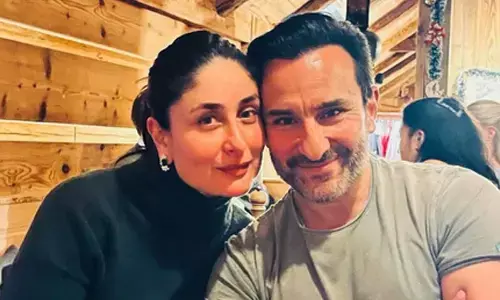Why do vultures not have feathers on their heads and necks?

Vulture is a bare-headed, keen-sighted bird of prey which is mainly found in warm regions. They feed on carrion, garbage and excrement, but may attack healthy animals and sometimes kill the wounded or sick.
Vulture is a bare-headed, keen-sighted bird of prey which is mainly found in warm regions. They feed on carrion, garbage and excrement, but may attack healthy animals and sometimes kill the wounded or sick.
Vultures are of great value as scavengers, they rip off pieces from dead animals with their powerful beaks. When the carcass is too thick for its beak to open, it waits for the larger scavenger to eat first. Sometimes they need to stick their heads inside the dead body, during this process the feathers on the head and the neck would become dirty or get caught in something, so they lack feathers on their heads and necks.

Dead animals often have the risk of spreading diseases which are infectious and sometimes dreadful. Vultures eat away the carcasses of dead animals and hence are called the “health police” of nature. The cinereous or black vulture (Aegypius Monachus) is the largest and the old world vulture is the smallest of all. A group of vultures is called wake, committee, kettle, volt or venue. ‘Wake’ is reserved for a group of vultures that are feeding, ‘kettle’ refers to vultures in flight, ‘committee’, ‘volt’ and ‘venue’, refers to vultures resting on trees. We just can’t imagine this world without decomposers and scavengers.














